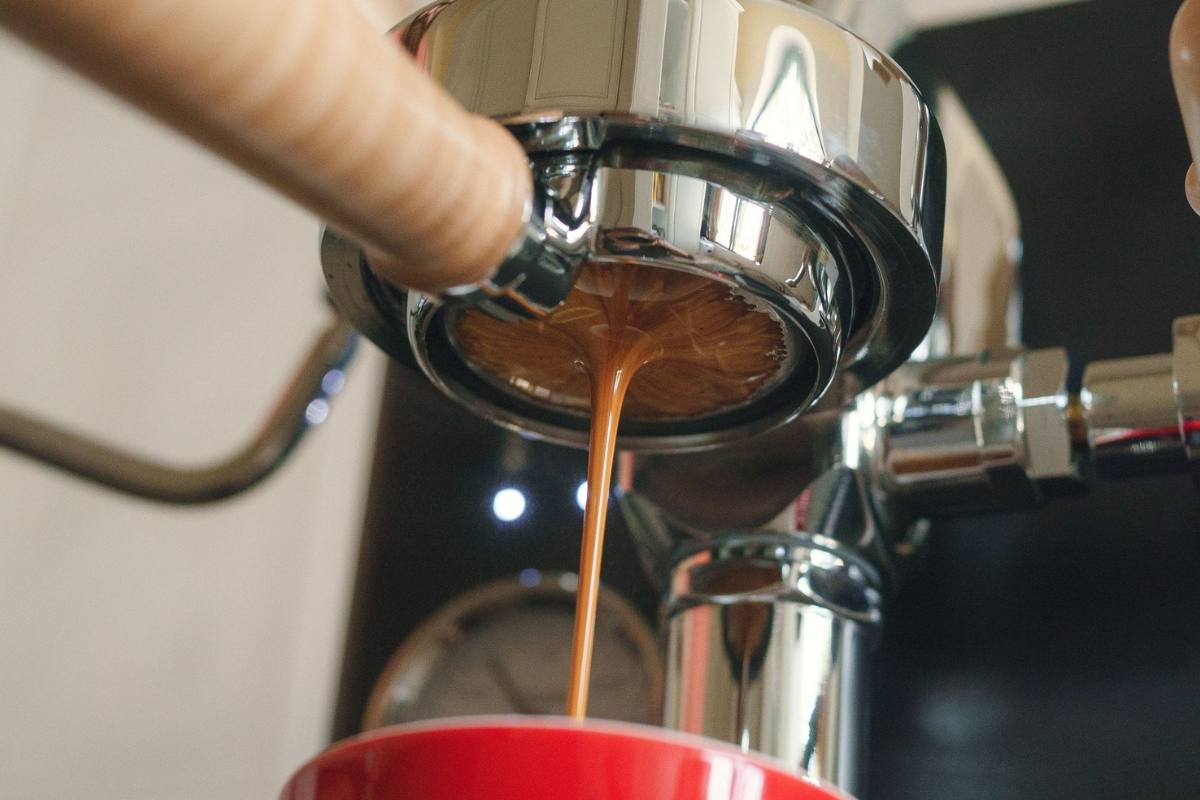For coffee lovers, espresso is the foundation of countless beloved drinks — from cappuccinos and lattes to macchiatos and Americanos. But for many, the thought of making espresso at home feels overwhelming. With the right knowledge, equipment, and some practice, brewing espresso at home becomes a rewarding and enjoyable ritual.
What Exactly Is Espresso?
Espresso isn’t a type of bean or roast — it’s a brewing method. It involves forcing hot water under high pressure (around 9 bars) through a compact puck of finely ground coffee. The result is a concentrated shot with intense flavor, silky body, and a golden layer of crema, which signifies proper extraction.
An espresso shot is typically 25 to 40 ml and serves as the base for numerous coffee drinks.
Why Learn to Make Espresso at Home?
- Financial Savings: Regular café visits add up. Investing in equipment pays off quickly.
- Convenience: Enjoy café-quality espresso anytime without leaving home.
- Customization: Tailor flavor, strength, and style to your exact preferences.
- Satisfaction: The joy of mastering espresso is incredibly rewarding.
Essential Equipment for Home Espresso
1. Espresso Machine
There are various types:
- Manual: Full control, but steep learning curve.
- Semi-Automatic: Popular choice for beginners; you control grind, tamp, and timing.
- Automatic/Super-Automatic: Push-button convenience but less control over flavor nuances.
2. Burr Grinder
A high-quality burr grinder is non-negotiable for espresso. It allows precise, fine adjustments to grind size, which is crucial for dialing in the perfect shot. Blade grinders won’t work.
3. Tamper
A solid, ergonomic tamper helps compress the coffee grounds evenly, preventing channeling and ensuring consistent extraction.
4. Scale and Timer (Highly Recommended)
- A digital scale measures both coffee dose (input) and shot weight (output) for precision.
- A timer tracks brew time, helping you refine your process.
5. Fresh Coffee Beans
Opt for beans roasted within the last 7 to 21 days, ideally for espresso, offering deeper flavors and richer crema.
Step-by-Step Guide to Brewing Espresso at Home
Step 1: Grind the Coffee
- Use a fine grind, resembling powdered sugar.
- The grind is crucial — too coarse and your espresso is sour and under-extracted; too fine and it becomes bitter and over-extracted.
Step 2: Dose the Coffee
- Most double shots use 18–20 grams of ground coffee.
- Consistency matters — use a scale to ensure the same dose every time.
Step 3: Distribute and Tamp
- Distribute grounds evenly in the portafilter to avoid channeling.
- Tamp firmly (around 30 pounds of pressure) with a flat, even press.
Step 4: Brew the Shot
- Lock the portafilter into the machine.
- Start the brew. Aim for a 25–30 second extraction, yielding 36–40 grams (about double the input weight) for a balanced double shot.
Step 5: Check the Result
- Look for crema — a thick, golden-brown foam on top.
- Taste should be balanced: rich, full-bodied, slightly sweet with subtle acidity and minimal bitterness.
Dialing In: The Espresso Learning Curve
Espresso is unforgiving but rewarding. Small adjustments in grind size, dose, tamp pressure, or water temperature can drastically change the flavor. Expect to spend your first week fine-tuning:
- If it’s sour, grind finer.
- If it’s bitter, grind coarser or reduce brewing time.
- If watery, check tamp pressure or dose more coffee.
Milk Steaming Basics (Optional but Common)
Most espresso machines come with a steam wand. Learning to steam milk properly opens the door to lattes, cappuccinos, and flat whites.
- Use cold milk.
- Insert the wand just below the surface to create microfoam (for cappuccinos) or silky texture (for lattes).
- Keep the milk spinning for even heat distribution.
Maintenance: Crucial for Quality
- Clean the portafilter and group head after each use.
- Backflush the machine weekly (if your machine allows).
- Descale every few months to remove mineral buildup.
Conclusion: Your Home Espresso Journey Begins
Making espresso at home is both an art and a science. With some investment in equipment, patience, and practice, you can create espresso that rivals — or even surpasses — what you’d buy in a café. The process may seem daunting at first, but the satisfaction of pulling a perfect shot makes every step worthwhile.
